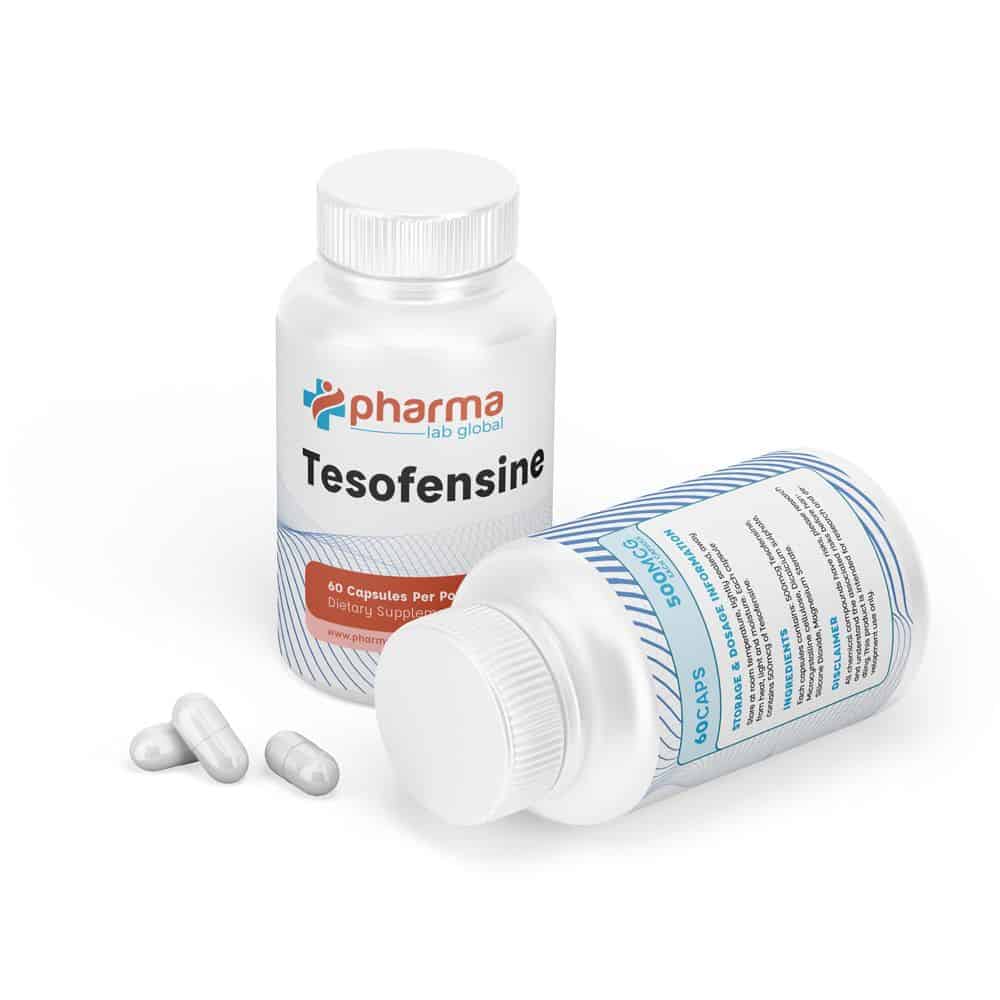
September 5, 2024
Tesofensine Discover The Science & Professionals

Side Effects
What is the current therapy for weight problems?

Appetite Reductions
Offered the evidence showing a decrease in energy expense and BMR in patients with hypothalamic excessive weight (45-- 47), therapies that increase power expenditure have actually been trialled to decrease BMI. CNS energizers such as dextroamphetamine (83 ), sibutramine (84, 85) and a combination of high levels of caffeine and ephedrine (86) have been revealed to minimize appetite and promote weight management, albeit that sibutramine has actually because been taken out as a result of worries over cardiovascular complications (84 ). In contrast, the mix of metformin and diazoxide has actually shown somewhat more encouraging lead to reducing weight gain (albeit not leading to weight management). Metformin improves insulin level of sensitivity and reduces hepatic gluconeogenesis and intestinal glucose absorption. This research study is especially limited by the handful of individuals and the absence of a comparator team, by instead assuming that weight gain would be uniformly comparable during the pre-treatment and treatment stages (77 ).- There are multiple reasons that GIP agonism might provide extra metabolic benefits to GLP1 treatment, besides lowering body weight and food consumption via GLP1R-independent mechanisms184,185.
- Additionally, previous placebo receivers switched over to tesofensine 0.5 mg lost around 9kg over the very same period.
- Currently, only one recombinant leptin analog, metreleptin (Myalepta), is approved for clients with leptin shortage.
- Remarkably, the pharmacological targeting of the GIP receptor (GIPR) by agonists (130, 136-- 138) along with by antagonists (139, 140) caused body weight-loss in obese rats.
2 Anti-obesity Medicines In Professional Advancement
KD026 (1- [[ 3-methoxy-2- [4-( trifluoromethyl) phenyl] benzoyl] amino] -3,4- dihydro-1H-isoquinoline-2-carboxylic acid) is an unique, nonsystemically readily available digestive microsomal transfer protein prevention under medical examination for the therapy of weight problems (Kim et al., 2011; Jackson et al., 2014). Microsomal transfer healthy protein is a heteromeric healthy protein involved in the synthesis of chylomicrons and apolipoprotein B-containing lipoproteins, affecting the transportation of lipids and cholesterol from the intestinal tract and liver to cells (Cuchel & Rader, 2013). First-generation microsomal transfer healthy protein inhibitors were developed to hinder hepatic healthy proteins and supply a novel treatment for dyslipidemia (Roevens et al., 1999). While potent preventions of hepatic microsomal transfer protein took in lowering low-density lipoprotein-cholesterol, these inhibitors resulted in elevation of liver enzymes and hepatic steatosis in pets and human beings (Roevens et al., 1999; Gruetzmann et al., 2000). Furthermore, it will relate to determine the distinction either in the distribution or physical residential or commercial properties of the receptors indirectly targeted by tesofensine in obese versus lean computer mice. These researches will certainly clear up the neurochemical account of each cravings suppressant and will certainly assist us in categorizing and incorporating them better. Thus, the electric motor impacts of tesofensine were contrasted against phentermine, a hallmark dopamine-acting appetite suppressant. Our research study team just recently reported that head weaving stereotypy is a common negative effects of the majority of cravings suppressants, particularly those acting to boost DA efflux, such as phentermine [15, 25] Consequently, we defined the tesofensine-induced stereotypy results compared with phentermine, an amphetamine congener that functioned as a positive control. Decontaminated silicone tubes (12 centimeters long, Silastic research laboratory tubing, Dow Corning, Midland, MI, FELINE. No. 508-- 004) was made use of as a catheter and tunneled subcutaneously from the back cut to the dorsal neck cut. After surgery, the rats were treated with intraperitoneal enrofloxacin (10 mg/kg) and meloxicam (2 mg/kg) for three successive days. The electrophysiological information was gathered and processed as detailed in extracellular recordings in computer mice. All rats went through surgical procedure under anesthetic, gotten by an intraperitoneal injection of xylazine (8 mg/kg) and ketamine (80 mg/kg). A local analgesic, lidocaine (4 mg/kg of 1% option), was administered subcutaneously under the head skin. In between 0.125 and lmg, there was a dose-dependent blockade ofbinding, and striatal dopamine carrier tenancy ranged 18% and 77%. in a sigmoid- designed Emax (maximum impact attributable to the medicine) connection. The sigmoid Emax model is a mathematical design that explains theconcentration- result relationship of a medication where the curve gets more sigmoidin form as the number of particles binding to the medicine receptor increases. Themaximal occupancy was 80% and the dose at fifty percent occupancy was 0.25 mg with a serumlevel of 4ng/mL. These outcomes suggested that tesofenine-induced decrease infood intake was partly mediated by up-regulation of dopaminergic paths dueto blockade of presynaptic reuptake [120] Liraglutide 3mg is administered subcutaneously on a daily basis, and thedose is begun at 0.6 mg and enhanced by that amount regular up until 3mg isreached. The medicine is contraindicated during pregnancy and in people with apersonal or family background of medullary thyroid cancer cells or several endocrineneoplasia kind 2. Both medicines enhanced glycemic control, caused equivalent weight-loss, and lowered high blood pressure (55 ). The most frequent adverse effects were short-term moderate queasiness and small hypoglycemia, which were less common with liraglutide than with exenatide (56 ). Antibodies established with a lesser regularity in liraglutide-treated subjects than in those dealt with by exenatide, likely due to its better structural similarity with human GLP-1 (97 vs. 52%). Nonetheless, it is urging that the advancement of antibodies does not influence the medication efficiency.Social Links